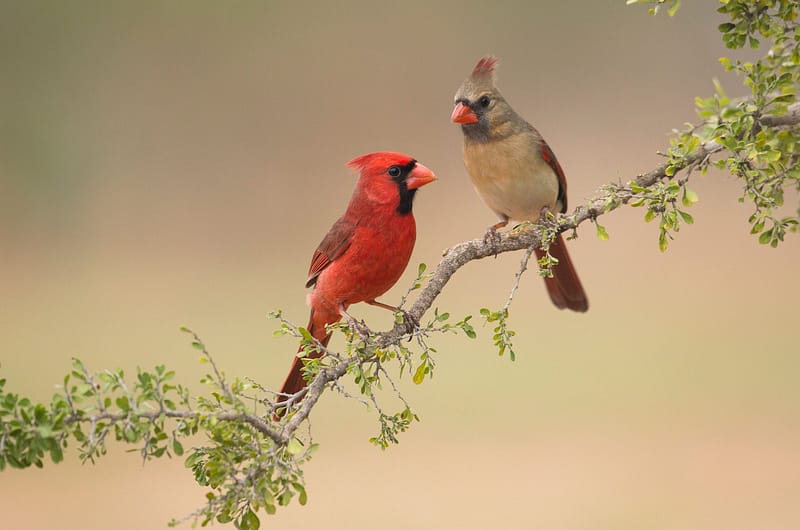Pathfinder
Traditional Scouting for Everyone
Ages 11-17
 The BPSA’s Scout program is called Pathfinders. This section is open to boys and girls beginning at age 11 and going through age 17 (grades 6 through 12). The program emphasizes hands-on, outdoor activities such as camping, hiking, canoeing, and backpacking, as well as community-service projects. Pathfinders organize into Troops that operate in Patrols of 6 to 8 members, led by a (youth) Patrol Leader who shares responsibility with an adult leader (called the Scoutmaster) for discipline, activity planning, and training the less-experienced members.
The BPSA’s Scout program is called Pathfinders. This section is open to boys and girls beginning at age 11 and going through age 17 (grades 6 through 12). The program emphasizes hands-on, outdoor activities such as camping, hiking, canoeing, and backpacking, as well as community-service projects. Pathfinders organize into Troops that operate in Patrols of 6 to 8 members, led by a (youth) Patrol Leader who shares responsibility with an adult leader (called the Scoutmaster) for discipline, activity planning, and training the less-experienced members.
The Pathfinder Troop should meet as a unit once per month along with the rest of the Scout Group (not counting outdoor excursions and community service outings), and be led by the Troop Leader (Scoutmaster) with help from the Assistant Scoutmaster. At the Troop Meetings, the Pathfinders are encouraged, after the opening ceremony, announcements, etc., to break out into their smaller units (Patrols) to work on whatever it is they’re learning at the time or to plan their next outing. Patrols should also meet separately once or twice per month, separate from the Troop meeting. Scouts conduct all Pathfinder meetings (Troop or individual Patrols) with as minimal adult interference or interaction as possible. The adult Scoutmasters are there to supervise, but not to lead, the Pathfinder Scouts.
The Pathfinder program is based upon Robert Baden-Powell’s book, Scouting for Boys, and is similar in appearance to programs that were in common use nearly 100 years ago. The highest award a Scout can earn at the Pathfinder level is the George Washington Scout Award.
Uniform
- Hat – khaki/olive/brown campaign style, flat-brim, four-dent hat with leather band on the crown; or a beret, green or red, with appropriate metal pin or patch on front
- Shirt – olive safari/bush-style long-sleeve work shirt
- Pants – dark blue, khaki, green or gray cargo pants or shorts
- Belt – khaki, brown, dark blue webbing belt
- Necker – 36″ square neckerchief of the group’s color(s), worn with a ring or slide (“woggle”) at the throat
- Socks – dark blue, khaki, green, or gray knee-length socks, worn turned down at the knee with green tabbed garter showing on outside
- Shoes – brown or black
Resources
- Golden Arrow Patrol – How to get your Pathfinder Troop started
- Pathfinder Handbook – BPSA-developed handbook for the Pathfinder section. Click here to order a coil-bound version.
- Scouting for Boys – The definitive manual for Scouts. This is the book that started Scouting. Complete with illustrations by B-P. Originally published in installments every other Wednesday from January 15, 1908. The book consists of introductions for Scouters, 28 “Campfire Yarns” for Scouts, and a summary. Also available in paperback.
Required reading for Scoutmasters
- Scoutmaster’s First Year – The 1948 edition of this popular and informative manual for new Scout Leaders
- Aids to Scoutmastership – The fundamental manual for Scout Leaders. Describes the purpose and methods of Scouting. Complete with original illustrations. (1945 “Brotherhood Edition”)
- How to Run a Troop – Gilcraft’s guide to running a Scout Troop
- The Patrol System – The 1917 book by Capt. the Honourable Roland Philipps regarding the most important topic in the Scout section – the Patrol.
- Golden Arrow Training Handbook – Patrol Leader Training Manual for Scoutmasters (1960 first edition)



